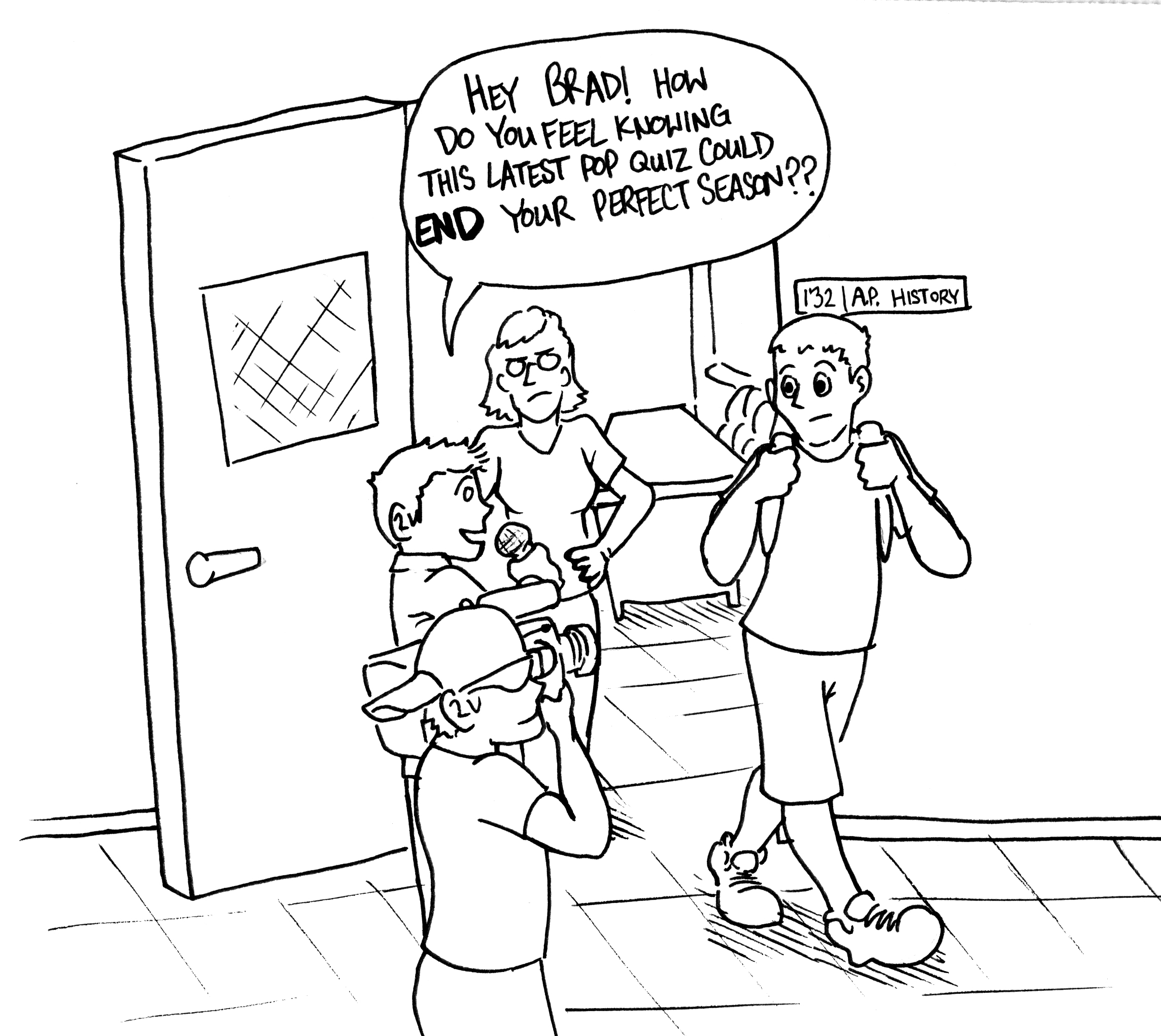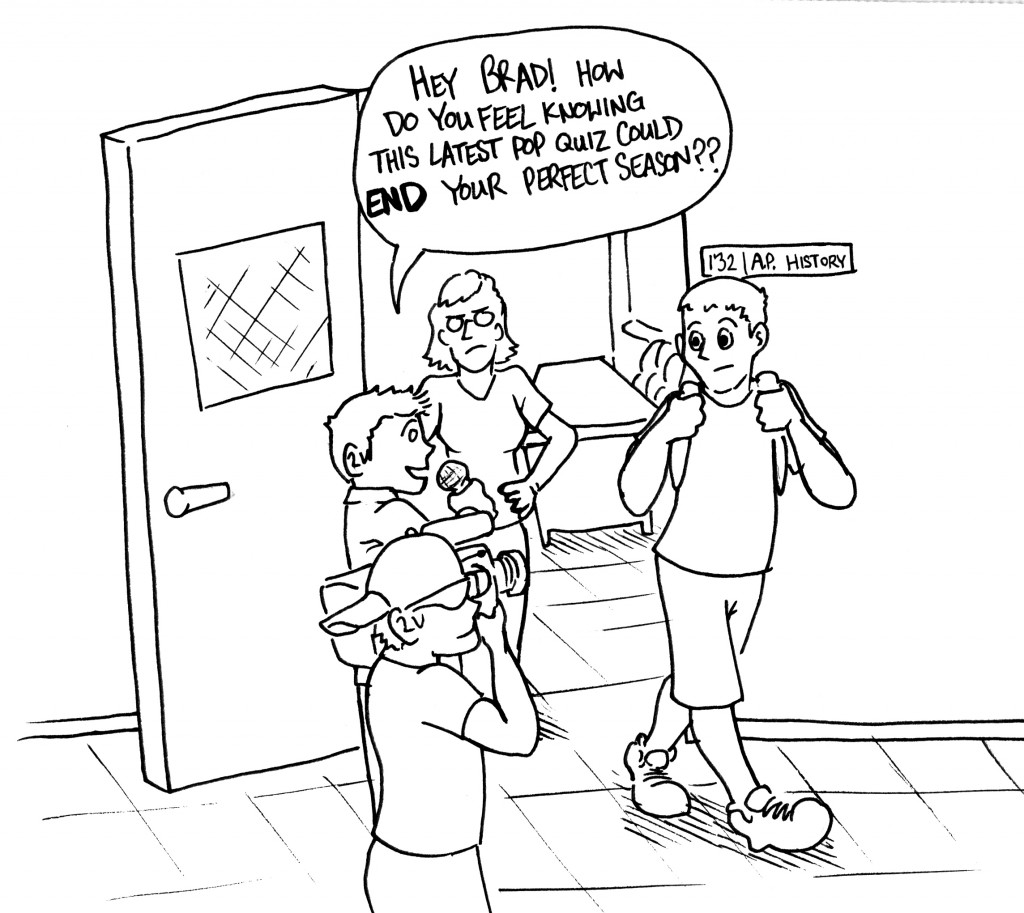In the world of college football, no day in the offseason carries as much as importance as the first Wednesday of February. Today is National Signing Day. All around the country, athletes will sign their letters of intent, signaling where they will play their college football.
Everybody is watching, millions of television viewers and millions more on Internet forums, discussing why they feel or don’t feel their school’s recruits give them hope for their team’s future.
While signing a letter of intent is undoubtedly a colossal day for these players and equally as important to their new schools, the coverage leading to this day has unfortunately ballooned to unmerited levels in football as well as other sports.
The recruits going to the top college programs have been picked apart and analyzed by websites netting millions of dollars from subscribers. Some of the players traveled thousands of miles with their teams last semester to play interstate teams as part of ESPN’s high school game telecasts. All of these athletes, men and women in a wide range of sports, also carry a ranking that fluctuates with their performances.
Such coverage has not always existed. The self-proclaimed worldwide leader in sports, ESPN began its first full schedule of high school football games in 2006 with 13 matchups. That same year the network featured nine boys’ basketball games as well. Recruit rankings have existed even before the 2011 recruiting class was born, but it was not until 2001 that recruiting website Rivals.com was founded. The website now charges customers $100 per year to receive the latest recruiting news on a daily basis.
ESPN RISE, a subsidiary of ESPN.com, reports on high-schoolers in seven boys’ sports and six for girls.
This year-round attention to high school athletes is detrimental to athletes and places them on a stage equal to that of current college and professional athletes.
Like most high school students, athletes have enough pressures without having their performances critiqued by professional analysts and a national audience. But exposure is at a level that is simply unavoidable unless one avoids the Internet and television altogether.
Another issue involves the mentality that this coverage can breed. After receiving praise and high reviews throughout high school, it is easy for an athlete to develop a false sense of security. In reality, no rating guarantees success in the NCAA, nor does it even guarantee the athlete will earn playing time. Because of how high school recruits are portrayed, efforts must be made to educate them about handling the coverage before it is too late. Lack of judgment and humility can set up an athlete for failure.
“There’s no unknowns, from an athlete to what an athlete’s thinking or doing,” Baylor football coach Art Briles said in an Oct. 8 Lariat article. “It’s a wide-open Internet world that everyone has access to.” Ideally, high school athletes would once again be allowed to go relatively unwatched before putting on a college uniform.
In today’s world, that won’t happen. Rivals.com sold its rights to Yahoo for $98 million in 2007, and another popular high school athletics website, MaxPreps.com, sold to CBSsports.com for $43 million the same year.
Barring a massive reordering of priorities, profit will continue to be placed before athletes.







